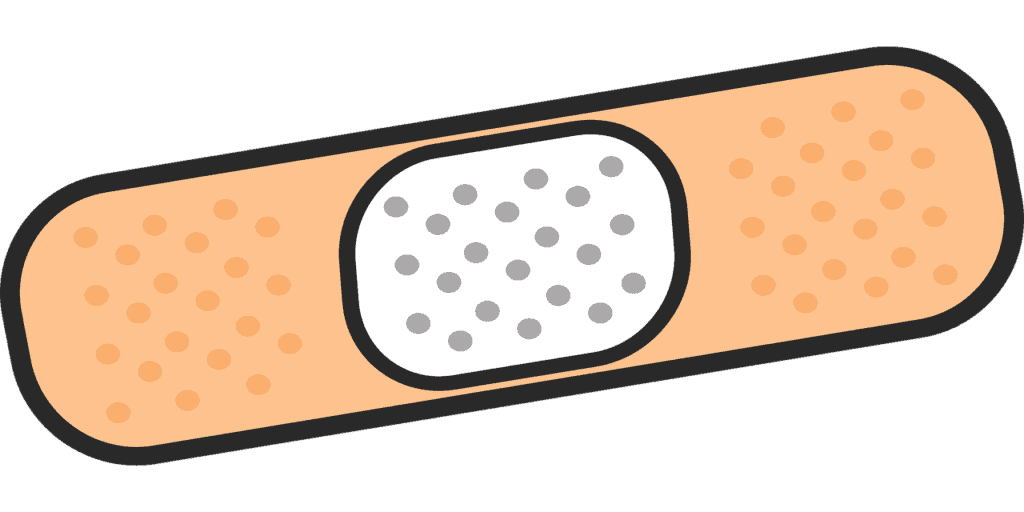
Whether during an urban car accident or on the battlefield, sometimes doctors have to close a wound fast and in order to prevent life-threatening bleeding. Researchers at MIT have devised an adhesive tape that can seal rips and tears in live tissue, such as lungs or intestines. The real progress lies in the fact that the tape can be removed without causing damage to the tissue.
“This is like a painless Band-Aid for internal organs,” Xuanhe Zhao, who is a professor of mechanical engineering and of civil and environmental engineering at MIT, said in a statement. “You put the adhesive on, and if for any reason you want to take it off, you can do so on-demand, without pain.”
The new work follows up on previous developments. Last year, the MIT researchers were looking to find a way for tape to stick to wet surfaces. Not just any wet surface either — they were looking for an adhesive that could stick to tissue to support medical applications.
The painless Band-Aid
Live tissue is naturally slippery due to its inherent wetness. But the scientists eventually found a workaround by employing biocompatible polymers, including polyacrylic acid, a highly absorbent material commonly used in diapers and pharmaceuticals.
The polyacrylic acid soaks up the water and then forms weak hydrogen bonds with molecules on the tissue’s surface. Finally, to make the tape stick, the bonds are reinforced with NHS esters, which are chemicals that form stronger bonds with proteins in the tissue.
The problem is that the tape’s grip is too strong, making it very difficult to remove without causing superficial damage.
“Removing the tape could potentially create more of an inflammatory response in tissue, and prolong healing,” said Hyunwoo Yuk of MIT. “It’s a real practical problem.”
In their new study, the MIT researchers added a new disulfide linker molecule in the adhesive’s composition. This molecule forms strong covalent bonds with a tissue’s surface proteins. However, the bonds can break easily when exposed to a reducing agent.
After scouring chemical databases for a suitable reducing agent, the MIT team eventually settled for glutathione, an antioxidant naturally found in most cells, making it biocompatible. The reducing agent broke long-lasting chemical bonds formed by the disulfide. Finally, a pinch of sodium bicarbonate, commonly known as a baking soda, deactivates the shorter-lasting hydrogen bonds.
Doctors can use the superstrong adhesive tape to seal a wound in under a minute. When the tape has to be removed, they only have to spray a solution of glutathione and sodium bicarbonate over the adhesive.
In experiments, the tape was placed on pig heart, lung, and incentives. After the reducing agent solution is sprayed on the samples, the tape can be peeled away without five minutes within any visible sign of tissue damage.
“That’s about the time it takes for the solution to diffuse through the tape to the surface where the tape meets the tissue,” Chen says. “At that point, the solution converts this extremely sticky adhesive to just a layer of slippery gel that you can easily peel off.”
Another version of the tape has microchannels etched on its surface, allowing the solution to diffuse through. This design accommodates certain procedures, including those involving implants and other medical devices where spraying a solution is not an option. Instead, in such situations, a surgeon simply applies the reducing agent solution around the tape’s edges.
“Our hope is that someday, operating rooms can have dispensers of these adhesives, alongside bottles of triggering solution,” Yuk says. “Surgeons can use this like Scotch tape, applying, detaching, and reapplying it on demand.”
The findings appeared in the Proceedings of the National Academy of Sciences.









